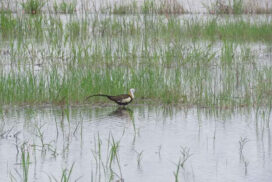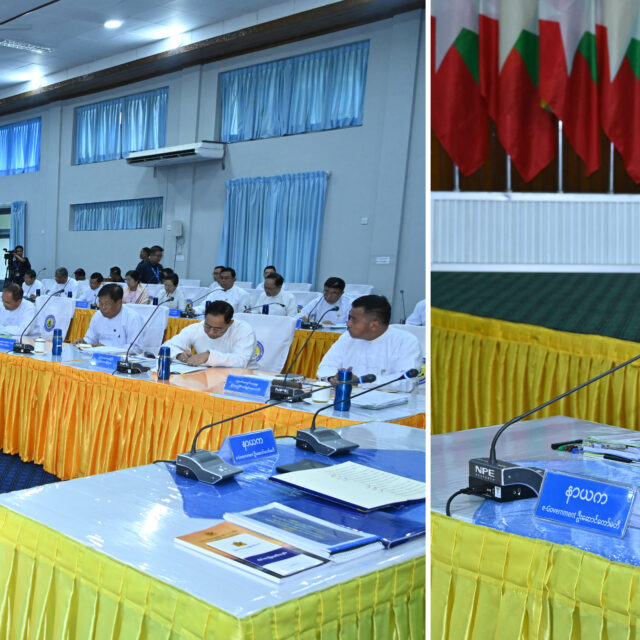The Department of Fisheries in Kyeintali town, in collaboration with the Sea Turtle Conservation Group (Kisca), made a field trip to Jainggyi village to prevent the consumption of sea turtle eggs.
According to the study of the Kisca, the number of sea turtles laying eggs in the Rakhine coastal area has been declining in recent years although many numbers of sea turtles were found in 2019. In order to prevent the extinction of these sea turtles, three zones of sea turtle banks have been developed, while the Department of Fisheries and Sea Turtle Conservation Group (Kisca) have been working together to educate the local people in these zones not to dig sea turtle eggs. Signboards were erected and the eggs laid by sea turtles were fenced. Local people were provided with information on how to protect sea turtles from extinction.
A female sea turtle usually lays eggs twice a year, laying more than 100 eggs at a time, and it takes about three hours for her to return to the sea from the shore after laying eggs. During the egg-laying season, the turtle eggs in these three zones are being monitored at dusk and dawn by fishermen in collaboration with the Kisca to prevent them from being consumed by local people. Although five species of turtles can be seen in the Rakhine coastal areas, only one species locally called ‘baby’ turtles are usually seen. Only with the cooperation of the local people, sea turtles can be protected from extinction, said Ko Thagyi, a member of the turtle conservation group. — Yan Nyein/GNLM
















